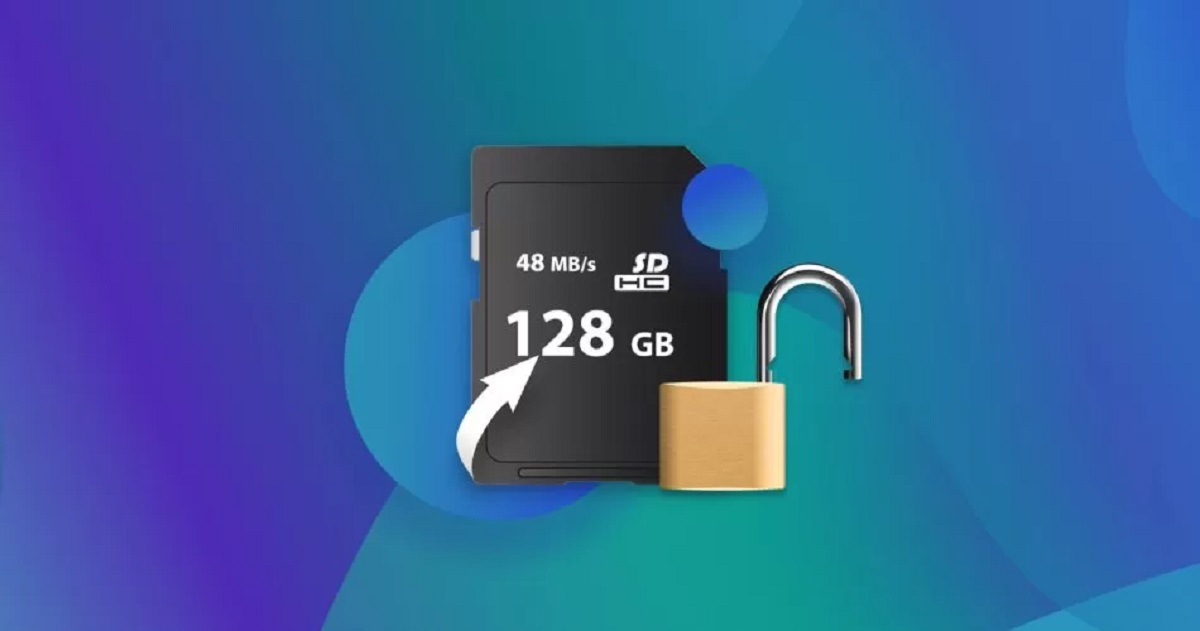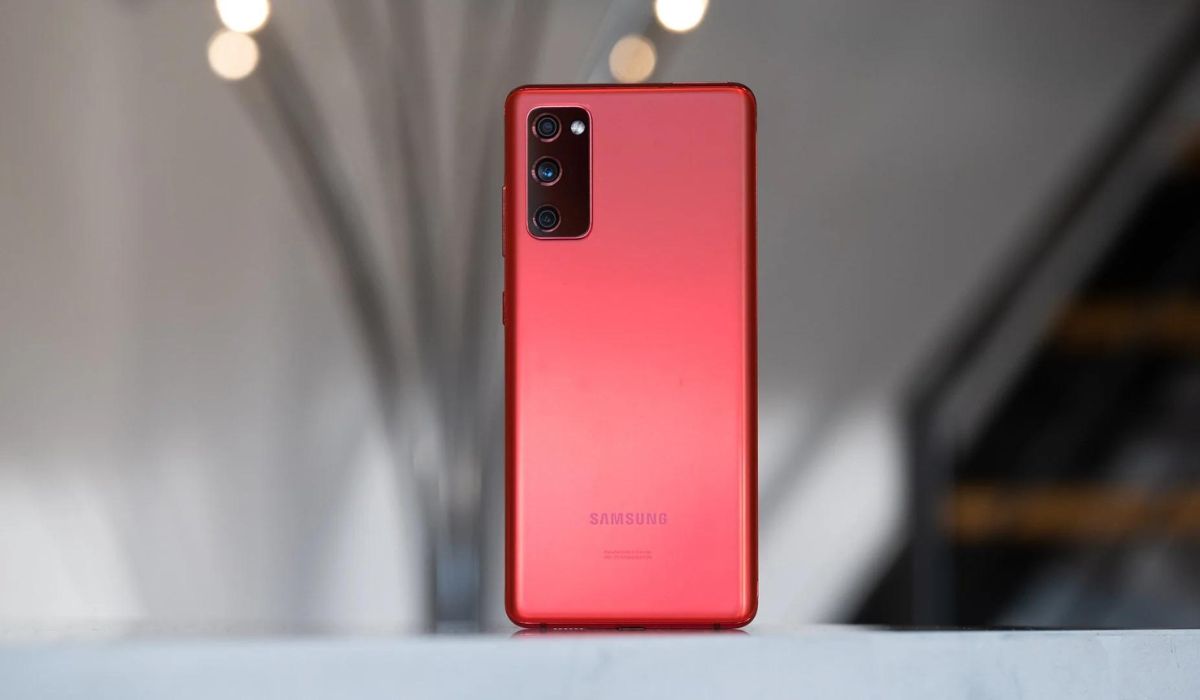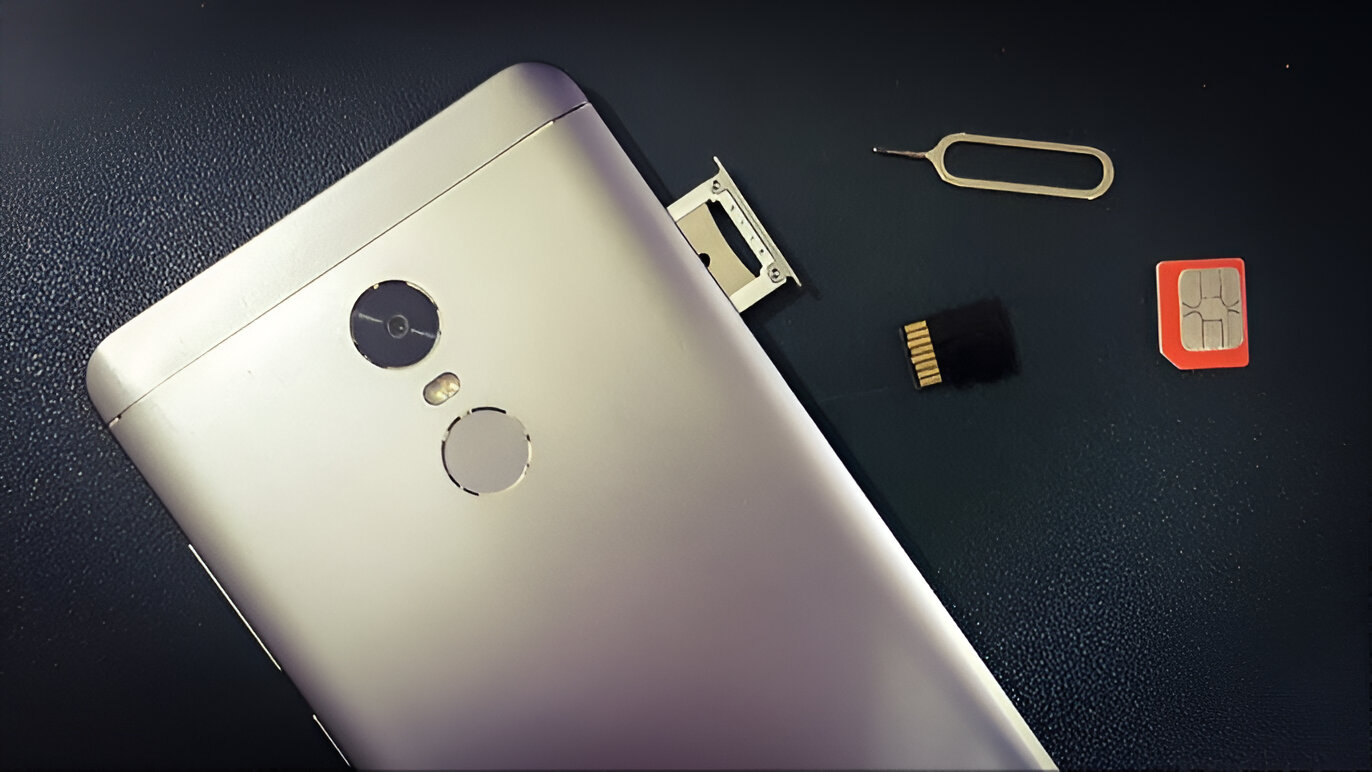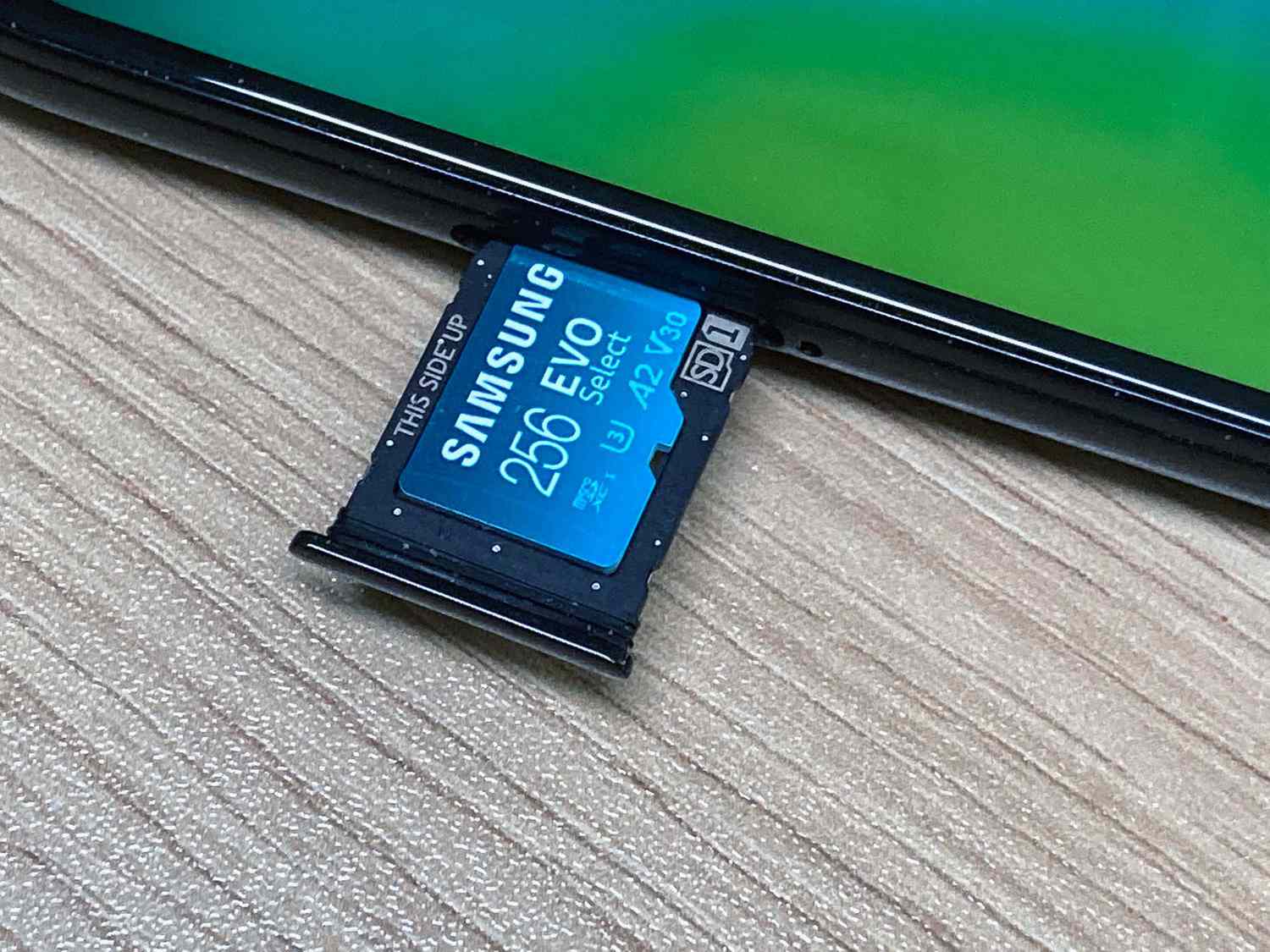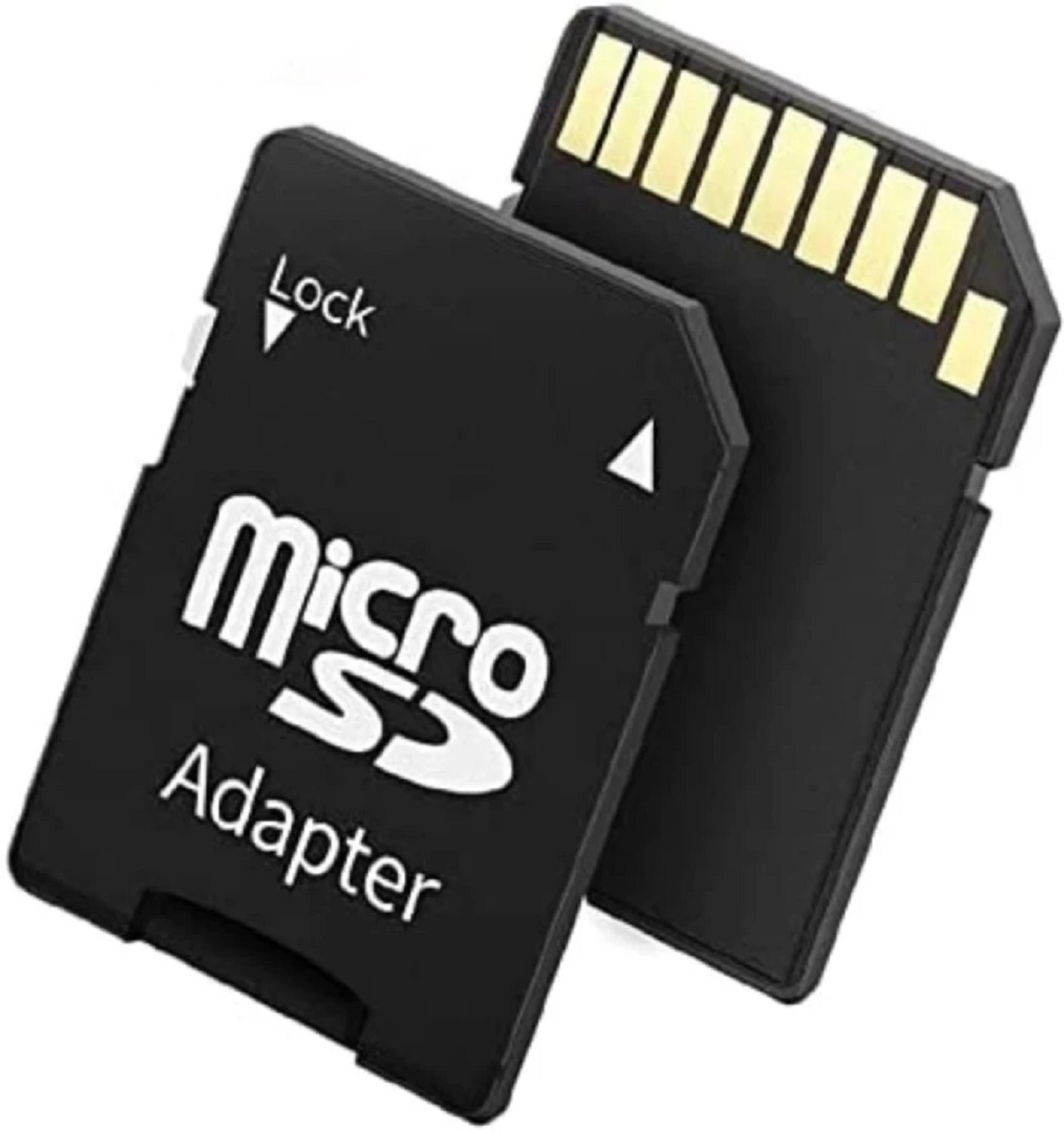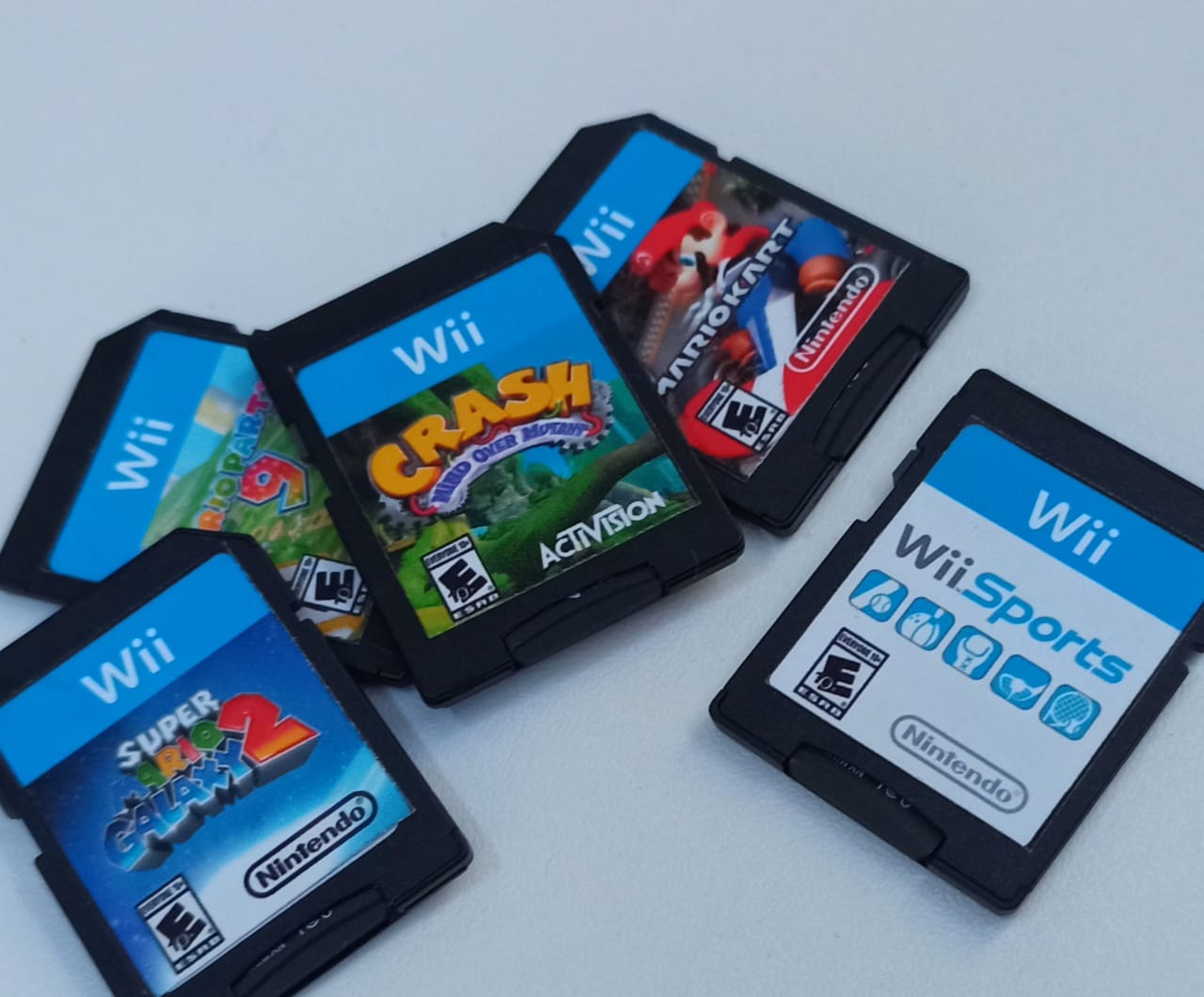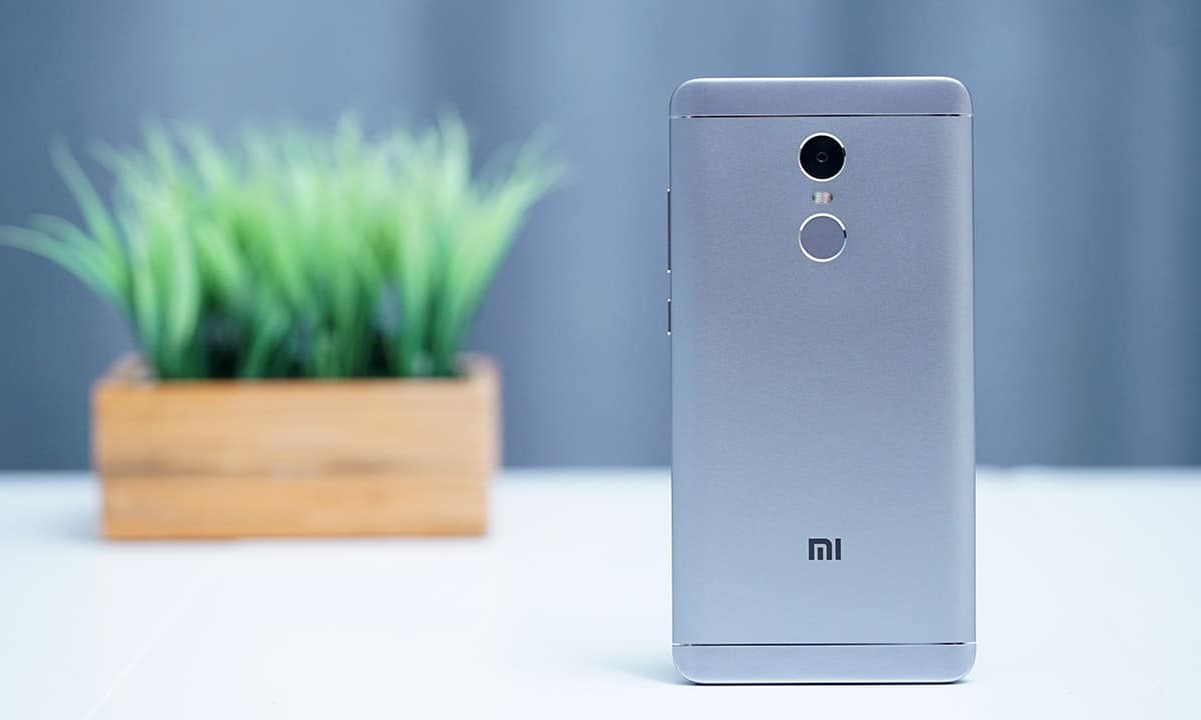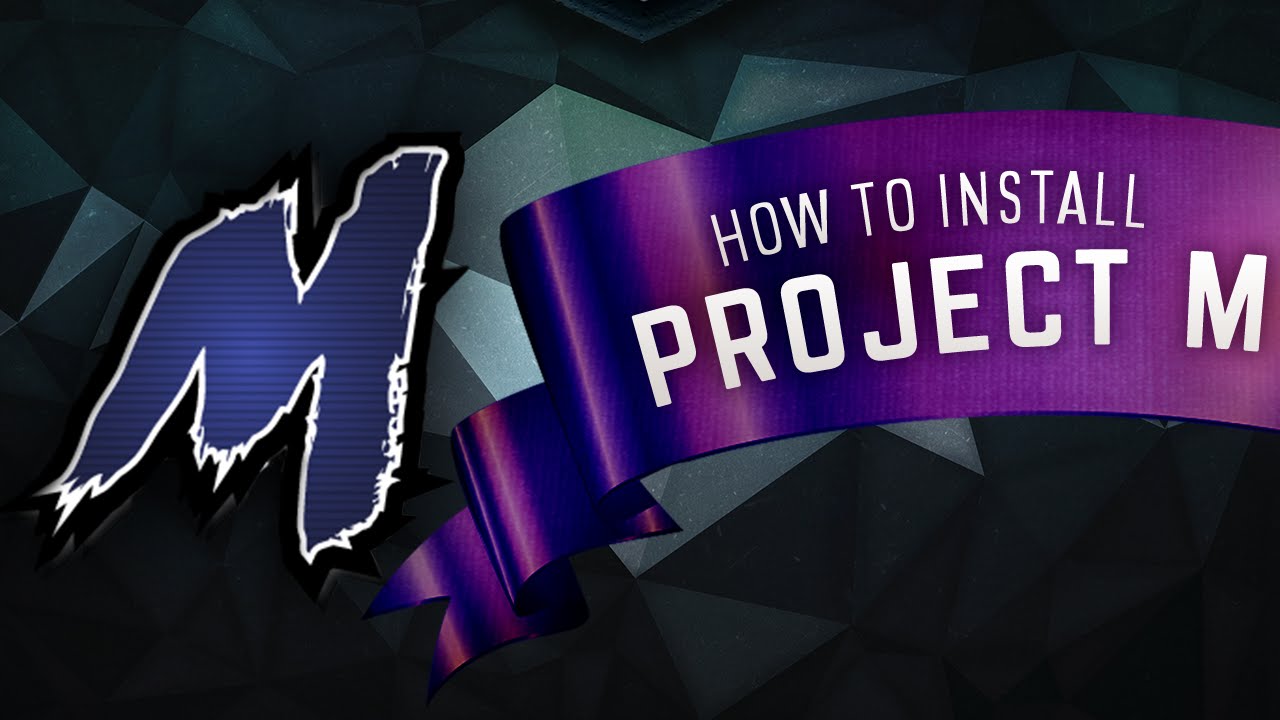Introduction
Welcome to our guide on how to unlock an SD card. If you’re experiencing trouble accessing your SD card or encounter a message indicating that it is locked, don’t worry! This article will provide you with various methods to unlock your SD card and regain access to your files.
An SD card, short for Secure Digital card, is a small, portable storage device commonly used to expand the storage capacity of various devices such as digital cameras, smartphones, tablets, and even laptops. It allows users to store photos, videos, documents, and other types of files.
SD cards come in different types, including SD, SDHC (Secure Digital High Capacity), and SDXC (Secure Digital Extended Capacity). The storage capacity of these cards can vary, ranging from a few gigabytes (GB) to several terabytes (TB). The versatility and convenience of SD cards make them a popular choice for many users.
However, sometimes SD cards can become locked, preventing you from accessing or modifying the files stored on them. This can be frustrating, especially if you need to retrieve important data or capture new photos or videos. The good news is that unlocking an SD card is usually a straightforward process, and we’ll outline several methods to help you get your SD card back in working order.
Before we dive into the different unlocking methods, it’s essential to understand why an SD card may become locked. One common reason is the presence of a physical lock switch on the side of the card. Another possibility is that the card’s file system has become corrupted, causing it to lock automatically as a protective measure. Whatever the cause, we’re here to help you resolve the issue.
What is an SD card?
An SD card, short for Secure Digital card, is a popular type of removable storage device. It is widely used to store and transfer data in various electronic devices such as digital cameras, smartphones, tablets, and even gaming consoles. The primary purpose of an SD card is to expand the storage capacity of these devices, allowing users to store more files, including photos, videos, documents, and music.
SD cards are small in size and easily portable, making them convenient for transporting data between devices or sharing files with others. They are available in different sizes and capacities, ranging from a few gigabytes to several terabytes. The most common types of SD cards include SD, SDHC (Secure Digital High Capacity), and SDXC (Secure Digital Extended Capacity).
One of the key features of SD cards is their durability and reliability. They are designed to withstand various environmental conditions, including temperature fluctuations, humidity, and physical impact. This makes them suitable for use in a wide range of settings, such as outdoor adventures or professional photography.
SD cards also have different speed classes, denoted by a number inside a circle on the label. These speed classes indicate the minimum sustained write speed of the card, ensuring that it can handle tasks such as capturing high-definition video or rapid continuous shooting in a camera.
Additionally, many SD cards nowadays come with built-in security features such as encryption and password protection, allowing users to secure their data and protect it from unauthorized access.
In summary, an SD card is a versatile storage device that provides a convenient way to expand the storage capacity of electronic devices. Whether you need extra space for your photos, videos, or documents, an SD card is a reliable choice that offers both portability and flexibility.
Types of SD cards
When it comes to SD cards, there are several types available on the market. Each type has its own specifications and capacities, catering to different storage needs and device compatibility. Let’s take a closer look at the main types of SD cards:
- SD (Secure Digital): SD cards are the most common type and have been around for quite some time. They offer storage capacities ranging from a few megabytes (MB) to a maximum of 2 gigabytes (GB). While they have limited storage compared to newer types, they are compatible with many older devices that don’t support higher-capacity cards.
- SDHC (Secure Digital High Capacity): SDHC cards are an upgraded version of SD cards and provide higher storage capacities. They start at 4 GB and can go up to 32 GB. SDHC cards use the same physical form factor as SD cards but use a different file system, allowing them to store more data.
- SDXC (Secure Digital Extended Capacity): SDXC cards take storage capacity to the next level, offering capacities greater than 32 GB. They can go as high as several terabytes (TB). SDXC cards use the exFAT file system, which allows for larger file sizes and higher transfer speeds. They are compatible with most modern devices that support SDXC technology.
- MicroSD (Micro Secure Digital): MicroSD cards are miniaturized versions of SD cards. They are commonly used in smartphones, tablets, drones, and other portable devices that require a smaller form factor. MicroSD cards come in various capacities, ranging from a few gigabytes to several terabytes. They are often used with an SD adapter to be compatible with devices that support standard SD cards.
- MiniSD (Mini Secure Digital): MiniSD cards are less commonly used nowadays. They were developed as a middle ground between SD and MicroSD cards in terms of physical size. However, the use of MiniSD cards has declined with the popularity of MicroSD cards, which offer similar advantages in a smaller form factor.
It’s important to check your device’s specifications or consult the user manual to determine which type of SD card is compatible. Using the incorrect card type may result in compatibility issues or limited functionality.
In summary, SD cards come in different types, including SD, SDHC, SDXC, MicroSD, and MiniSD. Each type offers varying storage capacities and physical sizes, catering to different device requirements and user preferences. Choosing the right type of SD card ensures compatibility and enables you to make the most of your device’s storage capabilities.
Reasons for a locked SD card
There are several reasons why an SD card may become locked, preventing you from accessing or modifying the files stored on it. Understanding these reasons can help you troubleshoot and unlock your SD card effectively. Here are some common causes of a locked SD card:
- Physical lock switch: Many SD cards have a small switch located on the side. This switch acts as a write protection mechanism, allowing you to lock or unlock the card. If the switch is in the locked position, it prevents any modifications to the card’s contents. Accidental movement of the switch or unintentionally placing it in the locked position can lead to a locked SD card.
- File system corruption: The file system on an SD card can become corrupted due to various reasons, such as improper ejection, power outages, or malware infections. When the file system becomes corrupt, the SD card may automatically lock itself to protect the data integrity. This is a common protective measure that prevents further damage and potential data loss.
- Read-only mode: Some SD cards have read-only mode capabilities that can be enabled either manually or automatically. When the card is in read-only mode, you can view the files but cannot write or modify them. This mode is often used to protect important data from accidental deletion or modification.
- Bad sectors or physical damage: Physical damage to the SD card can result in bad sectors or other issues that may cause it to lock itself. This could occur due to mishandling, exposure to extreme temperatures or moisture, or dropping the SD card. In such cases, the SD card’s internal mechanisms may engage the lock to prevent further damage.
- Incompatibility: Sometimes, an SD card might be incompatible with a particular device or operating system. In this case, the device may not recognize the SD card or consider it as locked, preventing any access to its contents. Checking your device’s compatibility with the SD card type and format is essential to avoid compatibility-related lock issues.
It’s important to pinpoint the exact cause of the SD card lock before attempting to unlock it. This way, you can apply the most appropriate method to regain access to your files. Now that we’ve explored various reasons why an SD card may become locked, it’s time to move on to the methods you can use to unlock it.
Method 1: Using the lock switch
If your SD card has a physical lock switch located on the side, this is the easiest and quickest method to unlock it. Here are the steps to follow:
- Locate the lock switch on the side of your SD card. It is a small switch that can be moved up and down or left and right.
- Check the current position of the lock switch. If it is in the “locked” or “write protect” position, this means the SD card is locked.
- Carefully move the lock switch to the opposite position. For example, if it is in the locked position, switch it to the unlocked position.
- Once you’ve moved the lock switch, insert the SD card back into the device where you want to use it.
- Try accessing the SD card again. If successful, you should be able to view, modify, or delete files on the card.
It’s important to note that some SD cards may not have a lock switch or may have a switch that doesn’t function correctly. In such cases, you’ll need to try other methods to unlock your SD card.
Using the lock switch is a simple and effective way to unlock an SD card. If the lock switch was accidentally moved to the locked position, moving it back to the unlocked position should immediately resolve the issue and restore access to your files.
If the lock switch is already in the unlocked position but you’re still experiencing problems with your SD card, it’s time to proceed to another method to unlock it. Let’s explore the next method which involves formatting the SD card.
Method 2: Formatting the SD card
If the lock switch method did not work or your SD card does not have a physical lock switch, formatting the card can often resolve the locked status. However, keep in mind that formatting the SD card will erase all data stored on it, so make sure to back up any important files before proceeding. Here’s how to format an SD card:
- Insert the locked SD card into a computer or laptop. You can either use an SD card slot or a card reader connected via USB.
- Open File Explorer (Windows) or Finder (Mac) and navigate to “This PC” or “My Computer” (Windows) or “Devices” (Mac) to locate the SD card.
- Right-click on the SD card and select the “Format” option from the context menu. Alternatively, you can also select the SD card and click on the “Format” button located in the toolbar.
- A formatting dialog box will appear. Choose the desired file system format (typically FAT32 or exFAT) and select “Quick Format” if available. Quick format will format the SD card faster, but a full format may be necessary for better results.
- Double-check that you have selected the correct drive to format, as formatting the wrong drive could result in data loss. Once you’re certain, click on the “Start” or “Format” button to begin the formatting process.
- Wait for the formatting process to complete. This may take a few minutes depending on the size of the SD card.
- Once the formatting is finished, you can safely remove the SD card from the computer.
After formatting the SD card, it should no longer be locked. You can now insert it back into your device and use it as before.
If formatting the SD card still does not unlock it or if the formatting process encounters errors, it’s time to explore alternative methods to unlock your SD card, which we’ll cover in subsequent sections.
Remember, formatting should always be a last resort as it erases all data on the SD card. It’s recommended to try other methods before resorting to formatting, especially if you have important files or data that you need to recover from the locked SD card.
Method 3: Using a computer or laptop
If the previous methods did not unlock your SD card, using a computer or laptop can provide additional tools and options to troubleshoot and unlock the card. Here’s how you can use a computer or laptop to unlock your SD card:
- Insert the locked SD card into your computer or laptop. You can use an SD card slot or a card reader connected via USB.
- Open File Explorer (Windows) or Finder (Mac) to locate the SD card. It should appear as a removable drive.
- Right-click on the SD card and select the “Properties” option (Windows) or press Command + I on your keyboard (Mac) to open the properties window.
- In the properties window, navigate to the “Security” or “Permissions” tab. Here, you’ll find the permission settings for the SD card.
- Check if the “Read-only” option is enabled or if there are any restricted permissions set for the SD card. If so, uncheck the “Read-only” option and adjust the permissions accordingly to allow full access to the card.
- Click “Apply” or “OK” to save the changes.
- Eject the SD card from your computer or laptop and try accessing it again in your device to see if it is now unlocked.
This method utilizes the permission settings of the SD card to ensure that it is not locked or set to read-only mode. By adjusting the permissions and removing any restrictions, you should be able to regain access to your files on the SD card.
If using a computer or laptop still does not unlock your SD card, don’t worry. In the next section, we’ll explore additional methods using the command prompt (Windows) or Terminal (Mac) to unlock your SD card.
Method 4: Using command prompt (Windows)
If you’re still encountering a locked SD card, you can try using the command prompt in Windows to unlock it. Follow the steps below:
- Insert the locked SD card into your computer’s SD card slot or use a card reader connected via USB.
- Open the Start menu and search for “Command Prompt.” Right-click on it and select “Run as administrator.”
- In the Command Prompt window, type
diskpartand press Enter. This will open the DiskPart command-line tool. - Type
list diskand press Enter to see a list of all connected disks and drives on your computer. Make a note of the disk number corresponding to your SD card. - Type
select disk [disk number](replace [disk number] with the actual number of your SD card disk) and press Enter to select the SD card. - Type
attributes disk clear readonlyand press Enter to clear the read-only attribute on the SD card. - Once the command is executed successfully, type
exitand press Enter to exit the DiskPart utility. - Eject the SD card from your computer and reinsert it into your device to see if it is now unlocked.
The command prompt method allows you to modify the attributes of the SD card, including the read-only attribute. By clearing the read-only attribute, you should be able to unlock the SD card and regain access to your files.
If you’re using a Mac, let’s move on to the next section to learn how to unlock an SD card using Terminal.
Method 5: Using Terminal (Mac)
If you’re using a Mac and encountering a locked SD card, you can use Terminal, the command-line utility, to unlock it. Follow these steps:
- Insert the locked SD card into your Mac’s SD card slot or use a card reader connected via USB.
- Open Finder and navigate to “Applications” > “Utilities” > “Terminal” to launch the Terminal application.
- In the Terminal window, type
diskutil listand press Enter to display a list of all connected disks and drives on your Mac. Identify the disk identifier associated with your SD card. - Type
diskutil unmountDisk force [disk identifier](replace [disk identifier] with the actual identifier of your SD card) and press Enter to unmount the SD card from your Mac. - Type
sudo chmod +w /dev/[disk identifier](replace [disk identifier] with the actual identifier of your SD card) and press Enter to change the permissions of the SD card to allow write access. - Enter your Mac’s administrator password when prompted and press Enter.
- Eject the SD card from your Mac and reinsert it into your device to check if it is now unlocked.
Using Terminal allows you to modify the permissions of the SD card, enabling write access and potentially unlocking it. By following these steps, you should be able to unlock the SD card and gain access to your files.
If the SD card remains locked or you are unable to unlock it using Terminal, there are still additional methods to explore. In the next section, we’ll discuss using the diskpart utility in Windows to unlock an SD card.
Method 6: Using diskpart (Windows)
If you’re using a Windows computer and previous methods haven’t unlocked your SD card, you can try using the diskpart utility to resolve the issue. Follow these steps:
- Insert the locked SD card into your computer’s SD card slot or use a card reader connected via USB.
- Open the Start menu and search for “Command Prompt.” Right-click on it and select “Run as administrator.”
- In the Command Prompt window, type
diskpartand press Enter. This will open the diskpart utility. - Type
list diskand press Enter to see a list of all connected disks and drives on your computer. Locate and make note of the disk number corresponding to your SD card. - Type
select disk [disk number](replace [disk number] with the actual number of your SD card disk) and press Enter to select the SD card. - Type
attributes disk clear readonlyand press Enter to clear the read-only attribute on the SD card. - Once the command is executed successfully, type
exitand press Enter to exit the diskpart utility. - Eject the SD card from your computer and reinsert it into your device to see if it is now unlocked.
Using the diskpart utility allows you to modify the attributes of the SD card, including clearing the read-only attribute. By doing so, you should be able to unlock the SD card and regain access to your files.
If the SD card remains locked even after this method or if you’re using a Mac, there’s one more method to explore using third-party software, which we’ll cover in the next section.
Method 7: Using third-party software
If none of the previous methods have unlocked your SD card, you can try using third-party software specifically designed for SD card unlocking and data recovery. These software tools often provide advanced features and recovery options to help you regain access to your locked SD card. Here’s how you can use third-party software to unlock your SD card:
- Research and choose a reliable and reputable third-party software tool for SD card unlocking and recovery. There are several options available, both free and paid.
- Download and install the selected software on your computer or laptop.
- Open the software and follow the on-screen instructions to connect your locked SD card to your computer.
- Select the appropriate options to perform an SD card unlock or recovery process. The software may have specific features for unlocking locked SD cards.
- Allow the software to scan and analyze the locked SD card to detect any issues or errors that are causing the lock.
- Follow the prompts and instructions provided by the software to unlock the SD card and recover any lost or inaccessible data.
- Once the process is complete, safely eject the SD card from your computer and reinsert it into your device to check if it is now unlocked.
Third-party software can often be a valuable solution for unlocking stubbornly locked SD cards and recovering important data. However, it’s important to choose a reputable software tool from a trusted source to ensure the security and reliability of your data.
If none of the methods mentioned so far have successfully unlocked your SD card, it’s recommended to contact the manufacturer or seek professional help to further diagnose and resolve the issue.
Now that you’ve explored various methods to unlock your SD card, you should have a good understanding of the options available and be able to regain access to your files. Remember to always handle SD cards with care and make regular backups of your data to avoid potential data loss in the future.
Conclusion
Unlocking an SD card can be a frustrating experience, but with the methods outlined in this guide, you have several options to regain access to your files. From using the lock switch on the SD card to formatting it, utilizing a computer or laptop, and exploring advanced techniques like using the command prompt or Terminal, there are various approaches to try.
It’s important to remember that each method has its own benefits and considerations. If one method doesn’t work, don’t get discouraged; try the next one until you find a solution that works for your particular situation. Additionally, always make sure to back up your important data before attempting any unlocking methods that involve formatting or modifying the SD card.
If all else fails, using third-party software can often provide specialized tools and recovery options to unlock your SD card and retrieve your data. Choose a reputable and reliable software tool to ensure the security of your information.
In extreme cases where none of the methods succeed, seeking assistance from the manufacturer or a professional service may be necessary to resolve the issue.
Remember to handle your SD card with care, keep it protected from physical damage, and avoid abrupt removal or improper usage to minimize the chances of encountering a locked SD card in the future.
We hope this guide has been helpful in assisting you with unlocking your SD card. With these methods at your disposal, you can confidently tackle any locked SD card situation and regain access to your valuable files.







